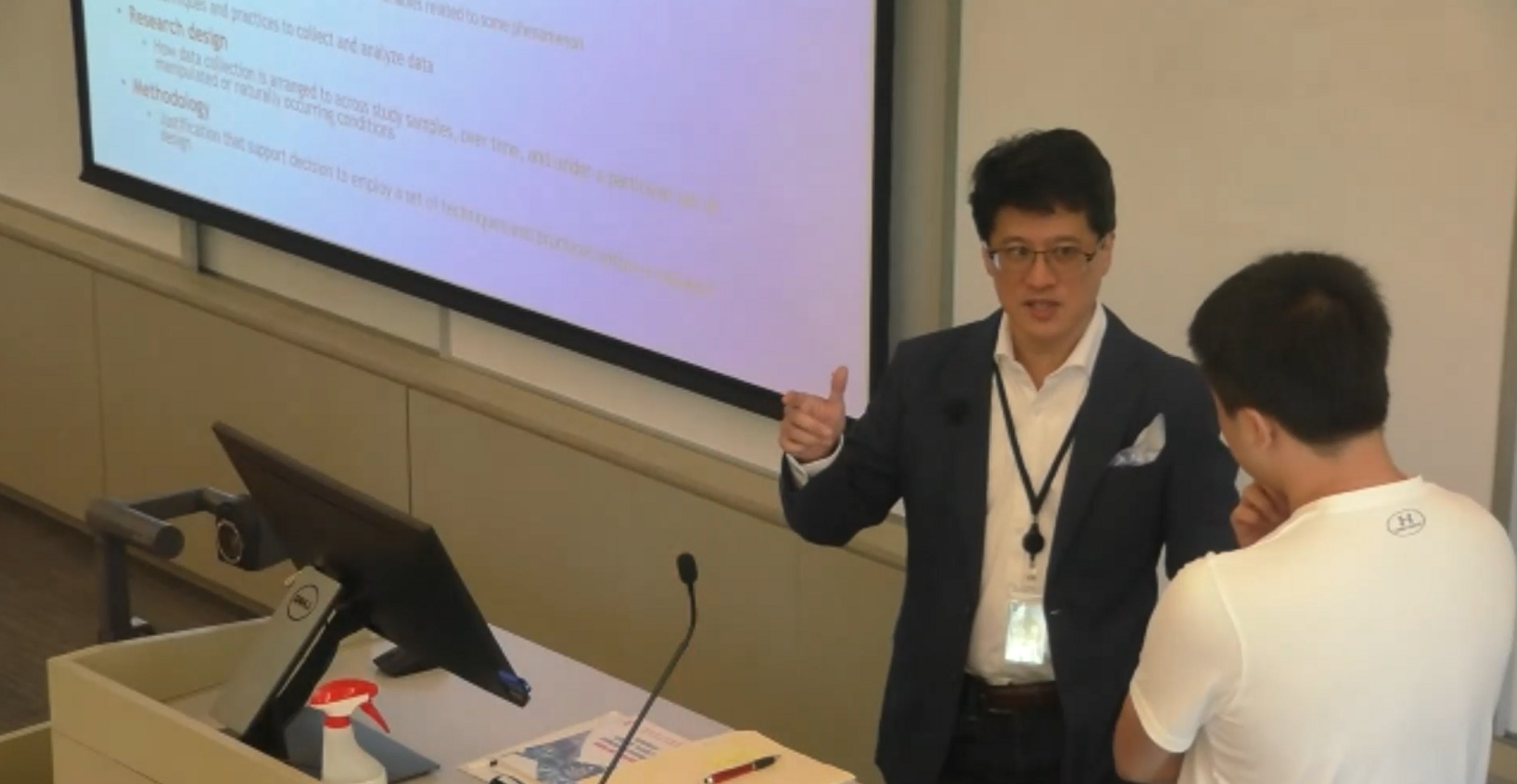I’ve published an update to Inside Nudging: The Excerpts (in paperback form for talks, workshops, and academic inquiries). The update includes:
- Chapter 2: Organizations Can Package Behavioral Science for Good – This chapter describes a case of using behavioral finance in the retirement plan design space. I use this case to demonstrate one example of what a successful innovation center might look like. I also provide a summary using the Behavioral GRIT™ framework, where GRIT stands for the business functions related Goals, Research, Innovation, and Testing.
- Chapter 8: Nudges Refined, Ethics Examined, Acceptability Explored – This chapter introduces Nudge Psyche, a checklist of things to think about so that you can be deliberate about how you approach nudge design and ethics. It attempts to help design by thinking about things from two broad perspectives: nudge design and nudgee attitudes. This chapter has been one of the most difficult ones for me to write as it draws from a diverse set of research and literature areas including decision science, medical ethics, government, organizational behavior, behavioral science, and moral psychology. I have found the Nudge Psyche checklist to be very helpful though as implementation in the real world can get grey at times. The Nudge Psyche checklist can help one to tease apart the underlying issues.
The chapter excerpts are also complemented by Appendix A: Ideas to Introduce Behavioral Science Initiatives, which I quietly published earlier based on increasing interest by companies in learning about how to get started with behavioral science. I argue that first a company needs to identify its goals and identify what type of predominant organization model it wants to pursue. This may be an innovation center like I describe in Chapter 2. I also define four other predominant organizational models I’ve seen. I also offer that a company should consider a number of implementation elements that may play a role during execution. Example elements include an advisory board and a behavioral science officer.
As a final update, I plan to give a limited number of talks on Inside Nudging and co-host Behavioral Economics Workshops in conjunction with one of my colleagues and partners, Namika Sagara at Sagara Consulting. More information on the workshops can be found here.

